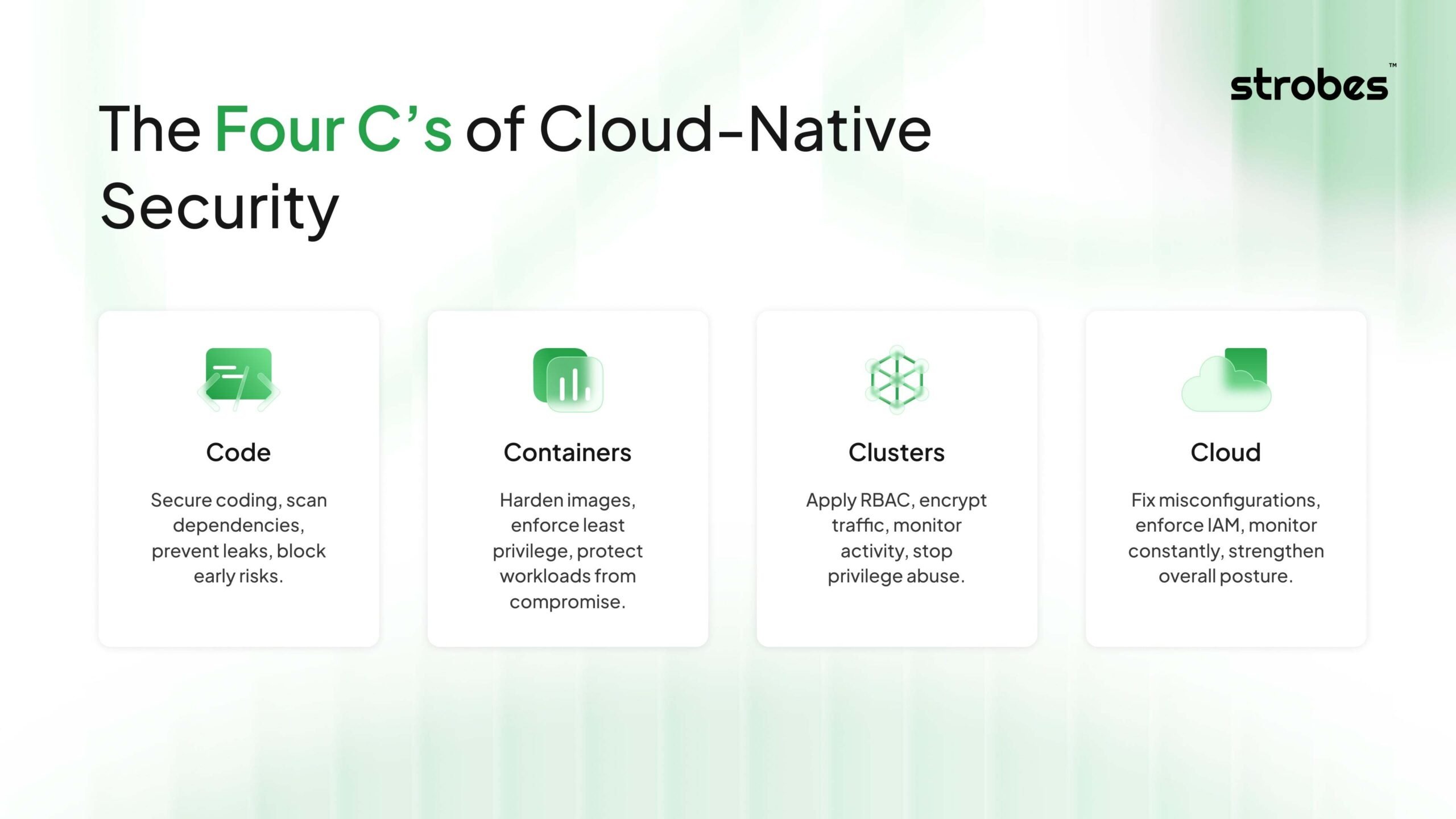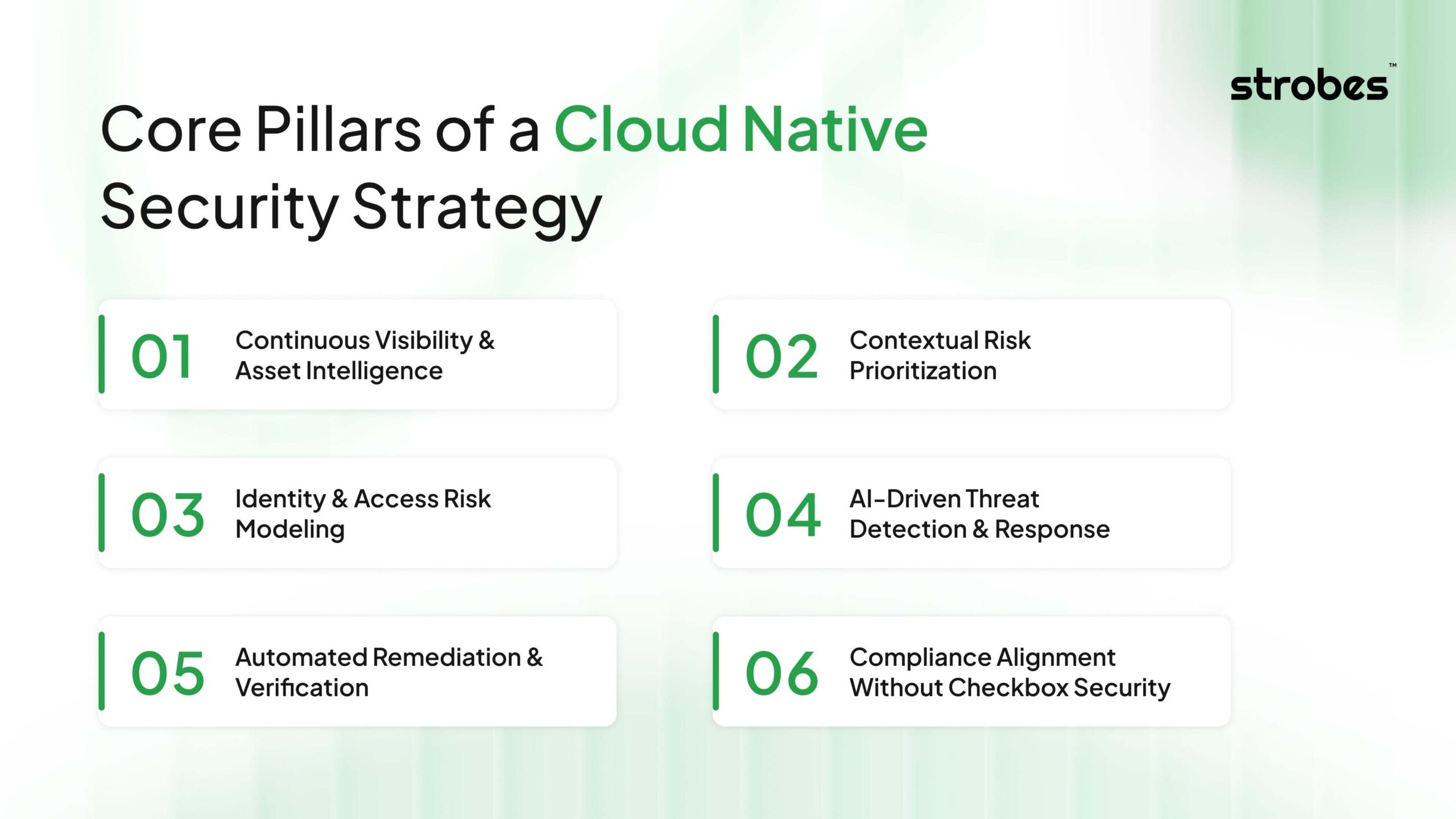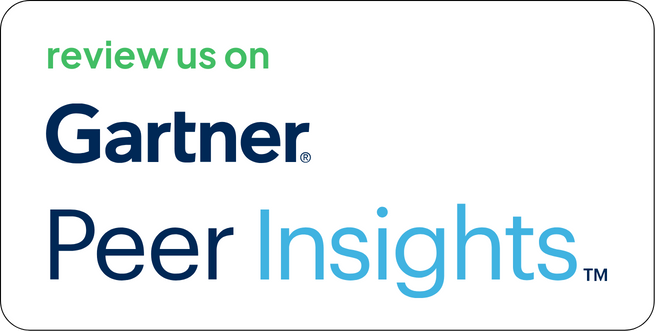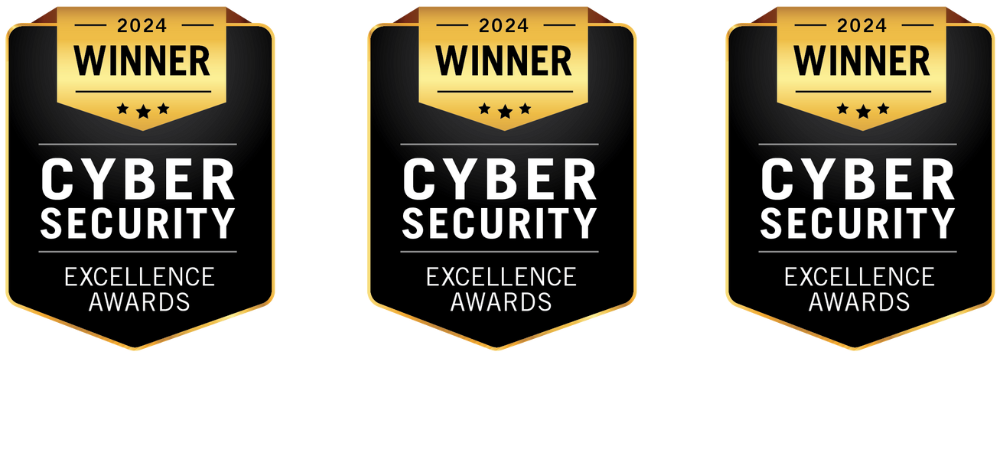The use of clouds has taken a significant step forward beyond workloads and virtual machines. Containers, Kubernetes, microservices, APIs, and serverless functions can be relied upon by modern enterprises to provide a cloud-native architecture. Such environments not only speed up the delivery of software but also introduce new risk areas, which are not effectively handled using conventional security tools.
Cloud Native Security is necessary here. It is based on the protection of cloud-native applications and infrastructure with constant visibility, risk-based prioritization, automation, and integration into DevOps processes. Security should not be introduced at the latter stage of development and operation as an exception, but rather as a part of it.
The use of basic practices, such as IAM controls, encryption, and monitoring, is no longer sufficient by itself. Misconfigured storage services, unprotected APIs, vulnerable container images, and unreasonable permissions are the most common targets of attackers. Companies should have a risk-based, AI-driven strategy that focuses on context, exploitability, and business impact, and allows remediation to be faster due to automation, to be prepared to such risks.
This blog will discuss why the old-fashioned strategies are no longer effective, why a risk-driven strategy is effective, why AI can enhance Cloud Native Security, and what actions must be taken to create a program that enhances resiliency and efficiency.
The 4 C’s of Cloud-Native Security
In cloud native security, the 4 C’s provide a framework for understanding and tackling potential vulnerabilities. These four layers represent the fundamental elements of a cloud native application that require security measures:
Code (Innermost Layer)
The innermost cloud-native security layer is the code. These are the source code of the applications, open-source dependencies, APIs, embedded secrets, and Infrastructure-as-Code (IaC) templates. Weaknesses added here, like insecure libraries, hardcoded credentials, and bad input validation, tend to become the first point of contact for attackers. To create the code layer, it is necessary to implement secure coding principles as the application of secure coding standards, such as the use of tools as static application security testing (SAST), software composition analysis (SCA), and secret scanning, as well as to include such checks in CI/CD pipelines. The code reviews and threat modeling are also useful in identifying the weaknesses early enough before they make it to production.
Containers
The second layer is the container that wraps up applications and dependencies and puts them into lightweight and portable versions. Though containers offer flexibility, scalability, they also create new vulnerabilities in case of image or registry attacks. One weak container image can contaminate the whole environment. The organizations should scan images to identify known vulnerabilities, use minimal and trusted base images, sign images, and enhance the runtime protection to ensure this layer. The implementation of the least privilege principle, which involves the elimination of redundant permissions or capabilities, makes the attack surface of containerized workloads very low.
Clusters
The third layer is cluster-based, which is usually controlled by orchestration software like Kubernetes or OpenShift. These clusters organize and administer containerized workloads and may easily be targeted when poorly configured. Attackers frequently take advantage of insecure settings to upscale privileges, traverse systems horizontally, or reach sensitive information.
To secure clusters, it is necessary to perform a high level of authentication, role-based access controls (RBAC), and apply network security and pod security policies to restrict communication pathways. The encryption of traffic in the cluster, as well as the continuous audit of cluster activity, goes an extra mile in making sure that the misuses are spotted and kept at bay before it go out of control.
Cloud (Outermost Layer)
The cloud infrastructure is the outer layer of the model itself, and it is hosted on AWS, on Azure, on Google Cloud, or any other provider. As this is the underlay that supports clusters, containers, and applications, any vulnerability here can be cascading. Some of the most typical points through which attackers gain access include misconfigured cloud storage, too liberal IAM roles, and unmonitored services.
Organizations ought to match CIS Benchmarks and cloud services best practices, integrate cloud security posture management (CSPM) tools to keep constant monitoring, and implement stringent least-privilege IAM policies to fortify this layer. Misconfigurations, drift, and external exposures are critical factors that need to be checked on a regular basis in order to ensure a solid posture throughout the cloud environment.
The Limits of Traditional Cloud Security
Even though foundational controls are critical, they start to falter in cloud-native settings for several reasons:
- Static controls vs. dynamic environments
Conventional security tends to be based on slower-growing infrastructure (VMs, fixed IPs). However, containers spin quickly and go out of state, serverless functions are short-lived, and infrastructure drift is ongoing. There is a lag of the real changes by the scan-based checks or the static policies. - Alert fatigue and false positives
Most tools produce a large number of alerts, many of which the low-impact or false. The security teams become overwhelmed and might fail to notice some critical issues in the noise. - Blind spots in ephemeral and non-traditional assets
These vulnerabilities may be ephemeral containers, transient functions, or shadow APIs that are not addressed by legacy tools. Most tools do not have great visibility in the multi-cloud, hybrid, or microservice-based settings. - Lack of prioritization based on impact
Common vulnerability scanners will also consider all findings equally (e.g., critical, high, medium), whether the resource is a business-critical one or whether it is exposed. Out of context, you have invested in low-value risks and ignored high-impact ones.
Because of these gaps, organizations relying solely on basic controls often cannot keep pace with threats in cloud-native environments.
The Role of AI in Modern Cloud Native Security
AI is not just about automation; it’s the key to scaling context, correlation, and predictive insights in complex environments. Here’s how it enables a smarter Cloud Native Security posture:
AI Use Cases in Cloud Native Security
- Risk Scoring & Prioritization
Several signals (vulnerability severity, exploitability, threat Intel feeds, asset value, traffic patterns) can be fed to AI models to produce a composite risk score. This is not just about level of severity buckets and reveals the true picture of what should be done. - Anomaly & Threat Detection
Machine learning models have the ability to identify abnormal workload, network request, or API access behavior. They are able to detect small deviations (potential zero-day, lateral movements, privilege escalation) they learn these deviations on normal baselines. - Exposure Correlation & Attack Path Mapping
Misconfigurations, identity gaps, and external exposure (e.g. open APIs) can be connected with the help of AI in order to rebuild the potential attack paths. This makes security teams understand how bad it can get when one of the weak areas is taken advantage of. - Adaptive Policy Management
The security rules tend to be static and, therefore, out of sync with changes. Reinforcement learning is an AI method that is capable of modifying policies (firewall rules, IAM permissions) over time as the environment changes. Indicatively, it had been found in a study of adaptive policy management that it performs better than in-place policies (greater intrusion detection, quicker response), in a cloud environment. - Automated Remediation Suggestions
Based on the risk ranking and context, AI can propose the most appropriate remediation steps (patch, change policy, isolate workload) and sometimes execute them (with human oversight). Over time, it can learn which fixes work best in similar contexts.
By embedding AI into these layers, you achieve a smart, scalable, and proactive Cloud Native Security architecture.
Core Pillars of a Cloud Native Security Strategy
Below are five foundational pillars for a mature, risk-based, AI-driven Cloud Native Security strategy. Under each, I describe the principle and some practical capabilities.
1. Continuous Visibility & Asset Intelligence
- Goal: Maintain real-time awareness of all cloud-native assets (containers, functions, serverless, APIs, workload instances).
- Capabilities:
- Automatic discovery and tracking of ephemeral resources.
- Mapping relationships and data flows among services.
- Versioning and drift detection (i.e., detect when production diverges from desired configuration).
- Tagging or labeling to link workload to business units or service tiers.
- Automatic discovery and tracking of ephemeral resources.
Without complete visibility, you can’t protect what you don’t see.
2. Contextual Risk Prioritization
- Goal: Assign context-aware risk scores that reflect real threat priorities.
- Capabilities:
- Combine vulnerability severity (CVSS or EPSS), exploit prediction, threat intel, and business impact.
- Normalize risk across multiple domains (misconfiguration, patching, identity risk) to a single risk taxonomy.
- Configure custom weightings (e.g. “exposure factor” or “customer data sensitivity”) to fine-tune the model.
- Combine vulnerability severity (CVSS or EPSS), exploit prediction, threat intel, and business impact.
A context-aware risk score helps teams avoid “vulnerability fatigue” and focus on what matters.
3. Identity & Access Risk Modeling
- Goal: Recognize identity as a primary risk vector, and manage access risks proactively.
- Capabilities:
- Role mining, privilege creep detection, unused accounts identification.
- Lateral movement and privilege escalation path simulation.
- Just-in-time access gating, zero-trust policy enforcement, and identity behavior analytics.
- Role mining, privilege creep detection, unused accounts identification.
Because many real breaches start with compromised credentials or overly permissive access, this pillar is critical in a cloud-native environment.
4. AI-Driven Threat Detection & Response
- Goal: Detect malicious or anomalous behavior in real time and respond intelligently.
- Capabilities:
- Behavioral modeling of workloads, API calls, and network interactions.
- Alert triage and contextual enrichment (e.g. tagging alerts with business context).
- Integration with threat intelligence and external indicators.
- Orchestration of response workflows (e.g. isolate container, revoke token, escalate) based on risk.
- Behavioral modeling of workloads, API calls, and network interactions.
This layer turns raw alerts into actionable insights, reducing noise and improving accuracy.
5. Automated Remediation & Verification
- Goal: Close the loop: from detection to remediation, with verification and feedback.
- Capabilities:
- Automated or semi-automated remediation (patching, configuration changes, redeployment).
- Human-in-the-loop approval for sensitive or high-impact changes.
- Retesting and validation to ensure fixes resolved the risk.
- Feedback loop to refine AI models (which fixes worked in which contexts).
- Automated or semi-automated remediation (patching, configuration changes, redeployment).
Closing the loop ensures that detection doesn’t just generate alerts, it drives action and results.
6. Compliance Alignment Without Checkbox Security
- Goal: Satisfy regulatory obligations while maintaining a risk-first focus.
- Capabilities:
- Map control frameworks (SOC 2, PCI DSS, HIPAA, etc.) to your risk model.
- Automate evidence collection and reporting.
- Use the same risk engine to prioritize compliance gaps.
- Avoid “compliance theater” — don’t prioritize low-impact controls just because they’re mandated.
- Map control frameworks (SOC 2, PCI DSS, HIPAA, etc.) to your risk model.
This ensures compliance is integrated, not a separate “bolted-on” activity.
Step by Step Approach
Below is a phased roadmap you can follow to build out your risk-based, AI-driven Cloud Native Security program.
Phase 1: Map Cloud-native Assets & Data Flows
- Inventory all resources (compute, storage, functions, APIs).
- Map dependencies and communication paths (which microservice calls which).
- Label or classify assets by business criticality or sensitivity (e.g., customer database, billing engine).
Phase 2: Define Business-Critical Services & Threat Scenarios
- Work with business stakeholders to identify “crown-jewel” assets and services.
- Identify credible threat scenarios (e.g., exfiltration, lateral escalation, privilege misuse).
- Set risk tolerance thresholds (i.e., risk scores above which action is mandatory).
Phase 3: Deploy AI-enhanced Visibility & Detection Tools
- Deploy monitoring and agent modules to capture telemetry from workloads, containers, APIs, and network flows.
- Train or initialize AI models with historical telemetry or baselines.
- Start anomaly detection and risk scoring, initially in “observe-only” mode.
Phase 4: Integrate Risk Scoring into Vulnerability & Misconfiguration Workflows
- Feed vulnerability scanner output (CVE, patch data) and misconfiguration findings into the risk engine.
- Use the risk scores to rank remediation priorities and drive daily workflows.
- Expose dashboards and metrics to both security and engineering teams.
Phase 5: Automate Remediation with Control Loops
- Begin with safe automations (e.g. flag misconfigurations, auto-remediate minor ones).
- For critical or high-impact fixes, route through human approval pipelines.
- Include retesting and validation after remediation.
- Monitor and measure success (how many risks closed, how fast, and feedback into the model).
Phase 6: Measure, Refine, and Scale
- Define KPIs:
- Mean time to remediate (MTTR) for high-risk issues
- Risk reduction percentage over time
- False positive/false negative rates of AI detection
- Compliance posture or audit pass rates
- Mean time to remediate (MTTR) for high-risk issues
- Use feedback to refine risk thresholds, model weights, and remediation strategies.
- Expand coverage to different cloud providers, regions, or environments.
- Promote cross-team collaboration among DevOps, SecOps, architecture, and business units.
Strategic Benefits for Organizations
When properly executed, a risk-based, AI-driven Cloud Native Security strategy delivers transformative benefits:
- Faster risk reduction, highest-impact issues get addressed first, so you reduce the “big risks” early.
- Better alignment to business goals Security becomes a strategic enabler, not a silo.
- Reduced cost of remediation by focusing, you waste fewer resources chasing low-value alerts.
- Proactive threat posture — You begin to detect anomalous or emerging attacks before they escalate.
- Resilience at scale — As your cloud footprint grows, the strategy scales with minimal manual overhead.
Moreover, because Cloud Native Security is integrated (visibility, detection, remediation, compliance) you avoid stove-piped solutions and improve end-to-end consistency.
Conclusion
The acquisition of cloud-native environments does not come with the bare minimum. The Four C’s Code, Containers, Clusters, and Cloud. The Code shows that risks exist on all levels of the stack and that the failure to consider any of them provides the attackers with an opportunity. An AI-powered, risk-based Cloud Native Security approach offers the setting, prioritization, and automation required to respond to threats at scale, keeping security and business priorities in line.
Strobes is the company that can assist companies in making this next step and combining risk-based vulnerability management, ongoing pentesting, and prioritization through AI in a single platform. Building upon the visibility of your cloud assets, real-time risk scoring, and automated remediation, Strobes will keep your cloud-native environments safe from the current lightning-paced threats.
Test the power of Strobes to reinforce your cloud-native security policy with a personalised demo.










